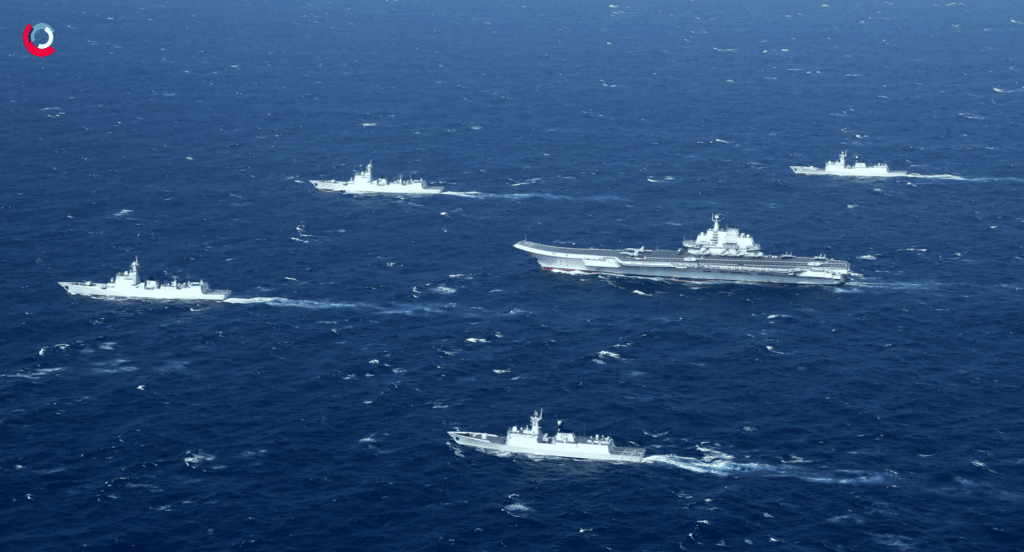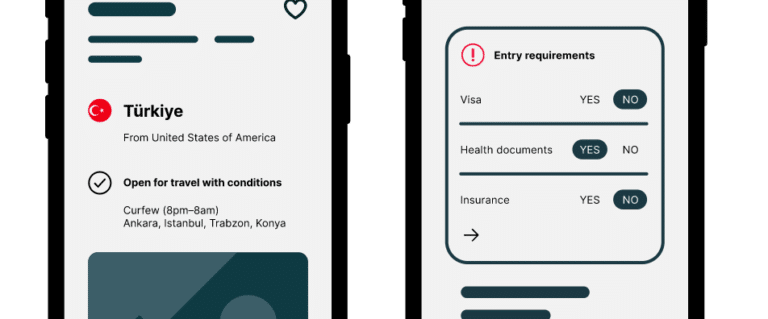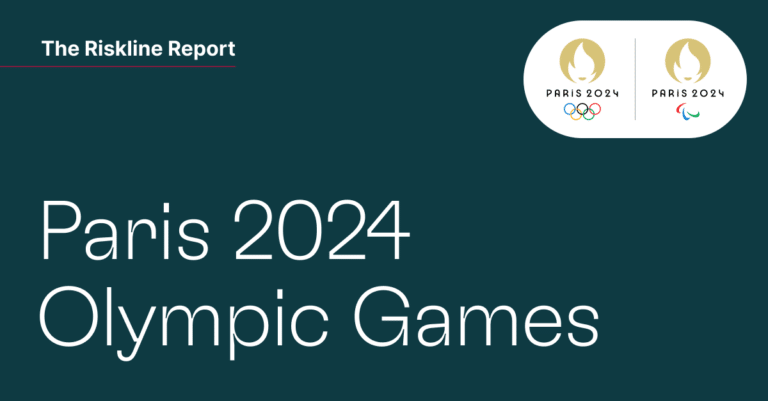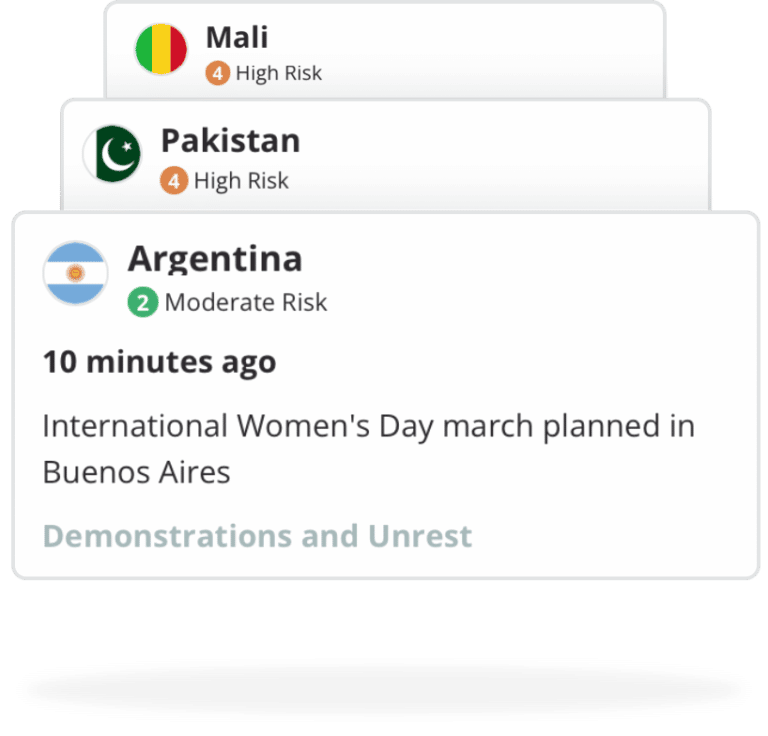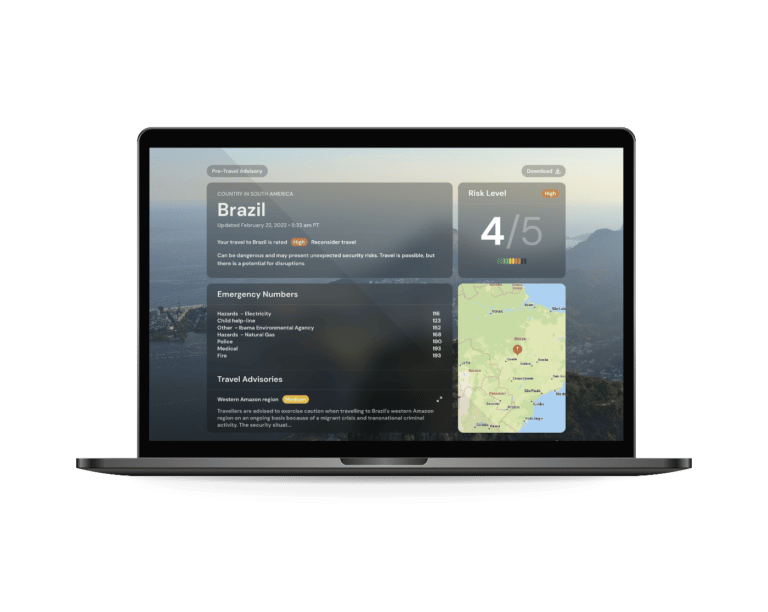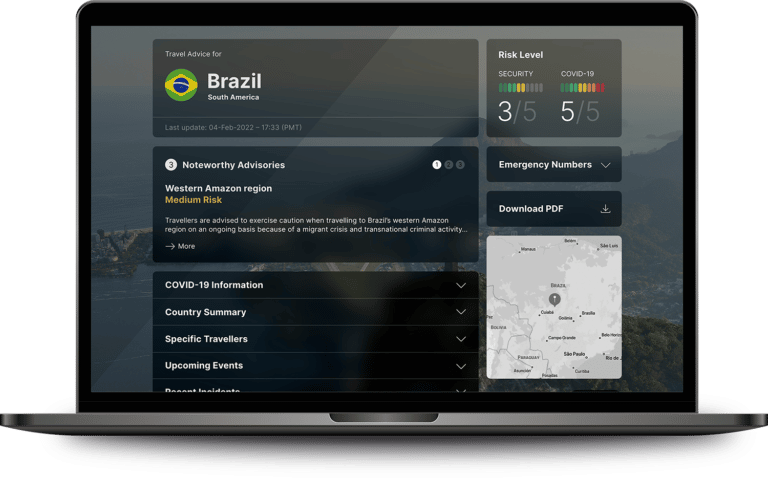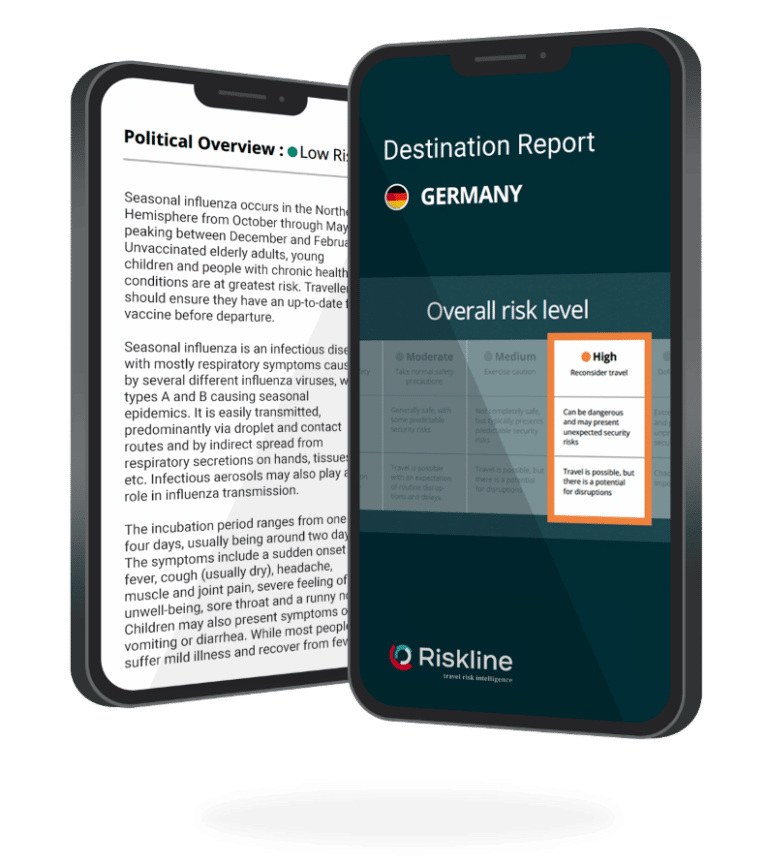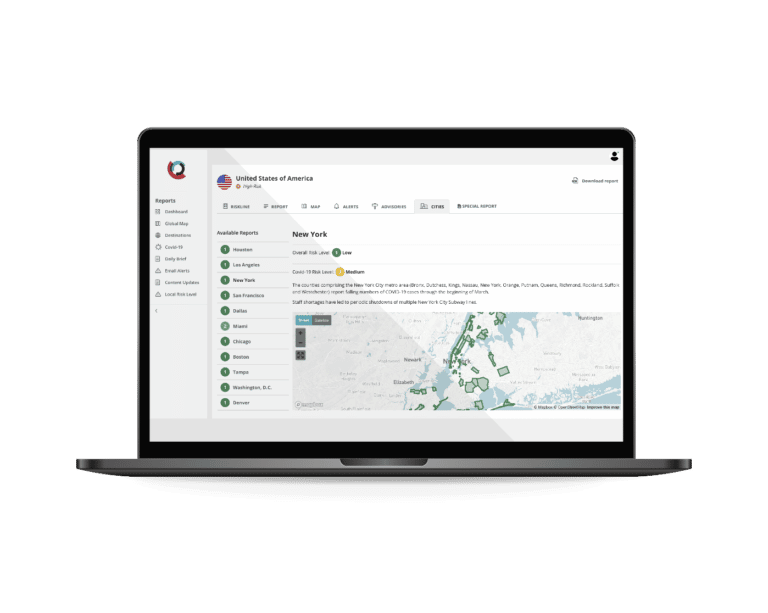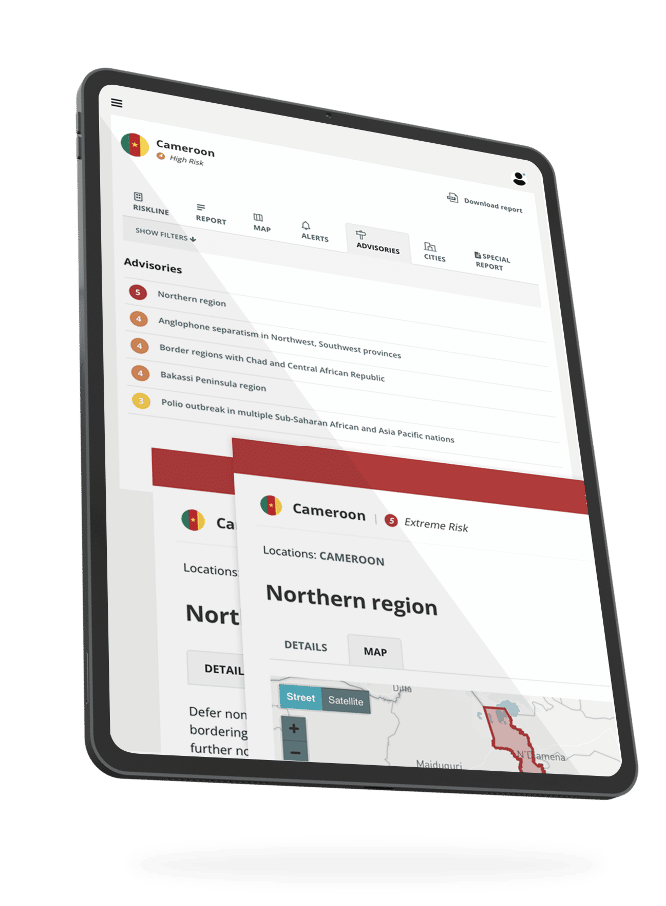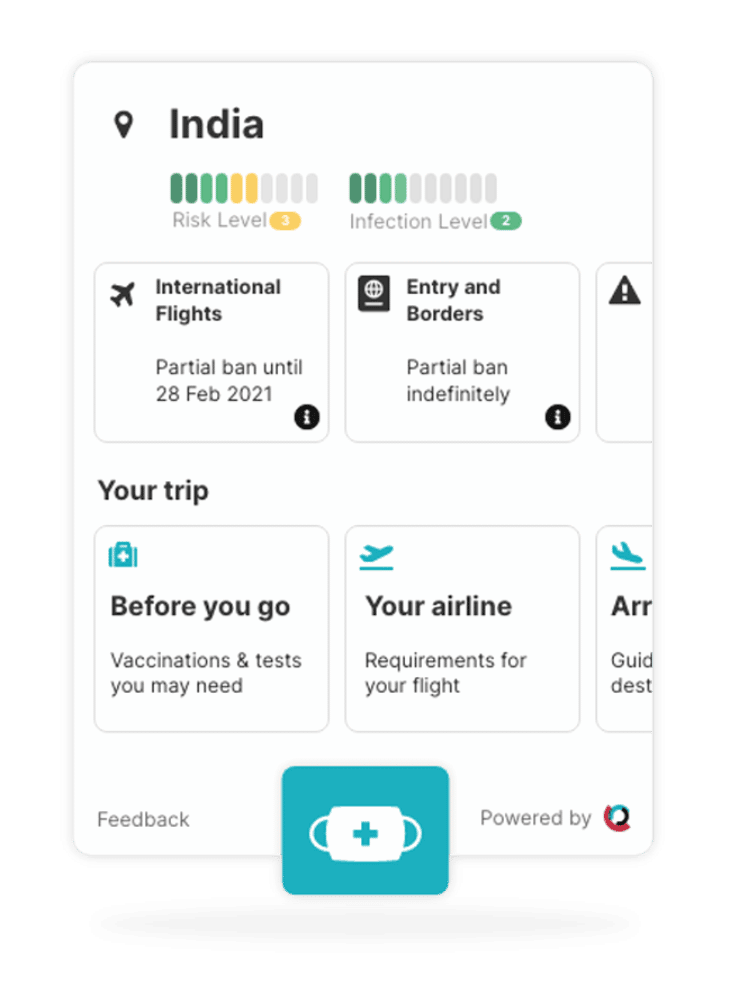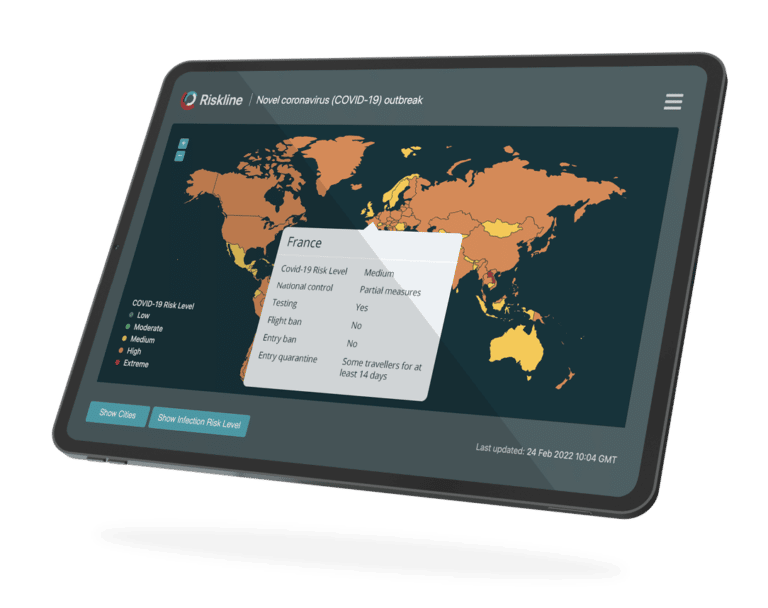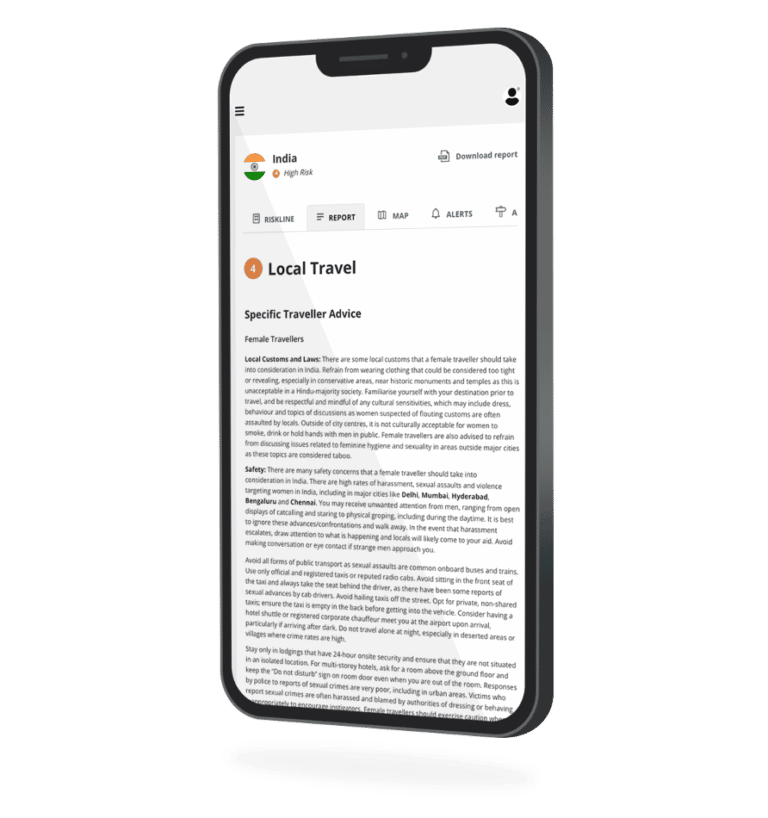By Bumjoon Park
Introduction
All eyes were drawn to Chinese Foreign Minister Wang Yi’s in-person meetings in the Solomon Islands, Kiribati, Samoa, Fiji, Tonga, Vanuatu, Papua New Guinea and East Timor, as well as virtual meetings with officials of the Cook Islands, Niue and Micronesia, in May. The meetings resulted in the signing of 52 bilateral agreements on socioeconomic aid and cooperation and were followed up with the publication of China’s plans for further engagements. However, China noticeably failed to produce a multilateral agreement on trade and security amid concerns voiced by other Indo-Pacific governments over potentially empowering China with too much influence in the region.
China’s goals in the Indo-Pacific region
In order to understand China’s quest for influence in the Indo-Pacific region, it is important to identify what goals China seeks to achieve using the influence it would acquire. As alluded to multiple times by its officials, China’s overarching state goal is to strengthen and entrench the Communist Party of China’s (CPC’s) control of what it considers to be China, which includes Taiwan and the disputed South China Sea territories; the CPC claims this to be its historical mandate for the well being of the Chinese nation and people. To pursue such endeavour, China must have a strategy to deny foreign military intervention and secure outside resources for the continued growth of its economy.
China is the leading importer of natural resources from the Indo-Pacific region in terms of value, importing about half of all exported natural resources in tonnage. China announced the “21st Century Maritime Silk Road” in 2013 and established the Asian Infrastructure Investment Bank (AIIB) in 2016 to finance infrastructure projects, especially port facilities. Furthermore, China has been sending billions of dollars in aid and investments, incentivising Pacific countries to diplomatically recognise China instead of Taiwan; the Solomon Islands and Kiribati switched their recognition to China in 2019. As the recent slew of bilateral agreements indicates, China will likely continue to strive for greater influence in the region.
Concerns over potential military bases
In April, China signed a security agreement with the Solomon Islands. While the exact content of the agreement was not released, an unconfirmed draft was leaked. The draft specified that China can deploy military personnel and other security forces to the Solomon Islands upon request, and upon permission, make ship visits to protect Chinese personnel and projects. Some worried that a follow-up security agreement allowing the construction of a Chinese naval base in the Solomon Islands or logistical access to Chinese warships in other Pacific countries were in the works for Wang’s meetings.
In June, Western officials raised concerns that a Chinese development project at Cambodia’s Ream Naval Base included a secret clause allowing for China to deploy the People’s Liberation Army (PLA) forces; Chinese officials have denied the reports. Chinese military presence threatening sea lines of communications in the region could complicate or even deter the United States (US) and its allies’ efforts against China’s future attempts at the takeover of Taiwan or disputed territories in the South China Sea. Extending Chinese influence and sea power into the Indian Ocean is also a part of this strategy, including the opening of the PLA Support Base in Djibouti, and heavy investment in Sri Lanka to counter India.
Although such an agreement failed to materialise, the continued growth of China’s influence in the region may eventually lead to a greater Chinese military presence in the region. However, this is not a foregone conclusion. Indo-Pacific countries are under no obligation to simply accommodate China’s interests. The US, Japan, India and Australia have already stepped up their engagement with allied nations to offset China’s influence. Furthermore, domestic politics can also play a role in determining how much influence China can obtain.
A rapid increase in China’s influence can stoke anti-China sentiments. One of the most common complaints is that the terms of loans issued by Chinese banks to Indo-Pacific governments require their governments to pay high-interest rates and, if they cannot, end up having to grant Chinese state enterprises generous leases on their territory. Anti-China sentiments have been on the rise in Pakistan, China’s long-time ally, where militant attacks and riots have targeted Chinese nationals in Karachi and the Gwadar Port, an expensive joint Pakistani-Chinese infrastructure project.
Pre-existing socioeconomic grievances were exacerbated by the Solomon Islands’ diplomatic recognition of China and escalated into deadly protests in the Chinatown of Honiara in November 2021. Ongoing anti-government unrest in Sri Lanka, where China has heavily invested in megaprojects like the Hambantota Port, Mattala Airport and Colombo International Financial City, also threatens Chinese influence. After months of protest, pro-China President Gotabaya Rajapaksa decided to resign, and his outgoing government is accused by its domestic critics of having been too close to China.
Summary
China will seek to continue growing its influence among the Indo-Pacific countries through more extensive economic partnerships and potential security cooperation. The extent to which China succeeds will depend on its rivals’ counter engagements and domestic politics in the region.
Bumjoon Park is a Japan-based political and security risk analyst covering East Asia.

